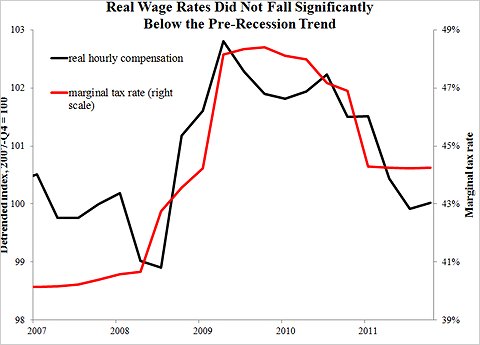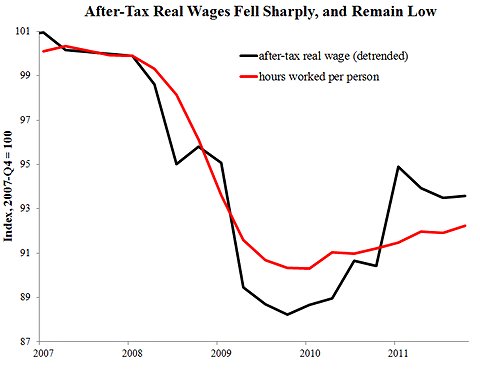Inflation data, which reinforced expectations that the Federal Reserve will keep its stimulus in place, added to bullish sentiment.
The price of gold jumped after its record daily drop in dollar terms on Monday. U.S.-listed shares of Randgold Resources climbed 1.8 percent to $70.29. The SP 500 materials index rose 1.5 percent, leading the index higher.
The market’s advance followed the SP 500’s drop of more than 2 percent drop on Monday, giving the index its worst one-day percentage loss since November 7. The index is up 10 percent since the start of the year after enjoying a strong first-quarter run.
“It’s a relief rally, and investors … are looking, as they have after any pullback we’ve had in the past several months, to take advantage of it and buy,” said Alan Lancz, president of Alan B. Lancz Associates Inc., an investment advisory firm based in Toledo, Ohio.
Coca-Cola Co shares rose to $42.41, their highest since 1998, and gave the biggest boost to the Dow after a higher-than-expected profit and a deal to unload some distribution territory to five independent U.S. bottlers. ID:L2N0D30HG The stock was up 5.3 percent at $42.23 in late afternoon trading.
The stock of another Dow component Johnson Johnson touched a record high of $83.50 after the healthcare company reported better-than-expected first-quarter earnings. JJ shares shot up 1.7 percent to $83.13.
SP 500 earnings are now expected to have risen 1.8 percent in the first quarter, based on actual results from 42 companies and estimates for the rest.
The Dow Jones industrial average was up 116.49 points, or 0.80 percent, at 14,715.69. The Standard Poor’s 500 Index was up 16.57 points, or 1.07 percent, at 1,568.93. The Nasdaq Composite Index was up 37.34 points, or 1.16 percent, at 3,253.83.
Analysts’ positive views on basic materials companies also helped the sector. The materials index had dropped more than 5 percent in the two previous sessions combined.
On Monday, a drop in the price of gold and other commodities triggered a sharp selloff in stocks. But U.S. stock indexes fell further late in the session after news of two fatal explosions near the finish line of the Boston Marathon.
The SP 500’s slide on Monday took the index back to a range it had held for about a month. Tuesday’s gains set it on track to close above its 14-day moving average
International Paper and Vulcan Materials were among the top performers in the materials sector after bullish analysts’ notes.
Further supporting equities, data showed the U.S. Consumer Price Index fell in March for the first time in four months, giving the Federal Reserve room to maintain its monetary stimulus to speed up economic growth.
Intel Corp, up 2 percent at $21.81, and Yahoo Inc, down 0.1 percent at $23.96, are due to report after the bell.
The semiconductor index was up 1.7 percent.
(Additional reporting by Rodrigo Campos Editing by Kenneth Barry, Nick Zieminski and Jan Paschal)
Article source: http://www.nytimes.com/reuters/2013/04/16/business/16reuters-markets-stocks.html?partner=rss&emc=rss





